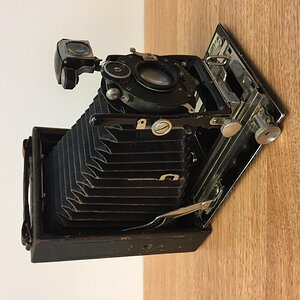Innocence
TPF Noob!
- Joined
- Sep 17, 2006
- Messages
- 140
- Reaction score
- 0
1/ http://photo.net/photodb/photo?photo_id=5013667
Wow what the?? I looked up his gradual grey filter and it greys out bits of the lens area? Haha i totally don't get how he did the photo and if someone would be kind enough to explain how these things are done, that would be fantastic!
2/ http://photo.net/photodb/photo?photo_id=5016595
Again, how on earth! It almost looks like CG!!
3/ http://photo.net/photodb/photo?photo_id=5012815
This one at least it's deemed "manipulated" haha, but gosh again!! What the!!
Thanks!
I hope it's ok to link, because don't think I'm allowed to direct link.
Wow what the?? I looked up his gradual grey filter and it greys out bits of the lens area? Haha i totally don't get how he did the photo and if someone would be kind enough to explain how these things are done, that would be fantastic!
2/ http://photo.net/photodb/photo?photo_id=5016595
Again, how on earth! It almost looks like CG!!
3/ http://photo.net/photodb/photo?photo_id=5012815
This one at least it's deemed "manipulated" haha, but gosh again!! What the!!
Thanks!
I hope it's ok to link, because don't think I'm allowed to direct link.


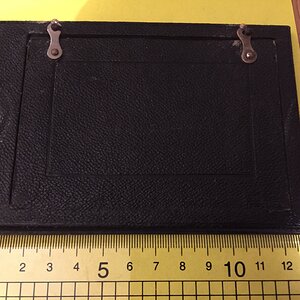
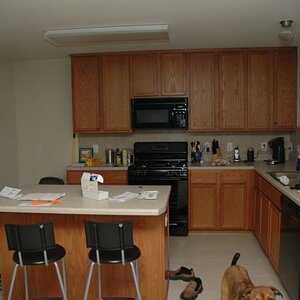
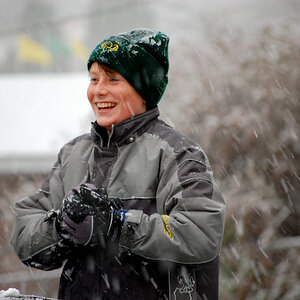

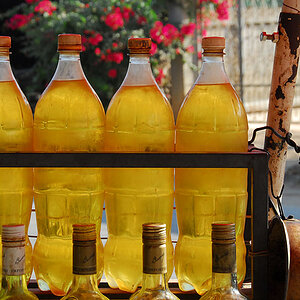
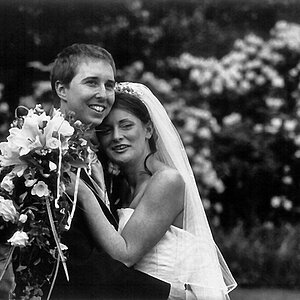
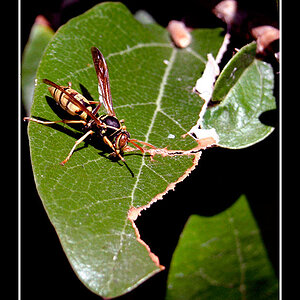
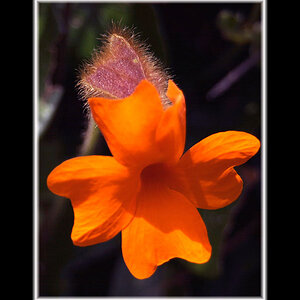
![[No title]](/data/xfmg/thumbnail/37/37627-c3d3ca879cdfbdb9e35acdcc7fcd4b3e.jpg?1619738154)
![[No title]](/data/xfmg/thumbnail/37/37628-b854997825aadb4eedaa3247baf8069f.jpg?1619738155)

